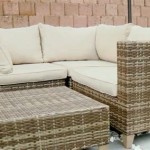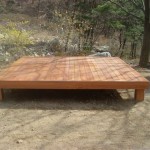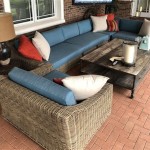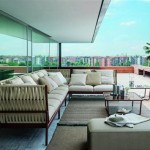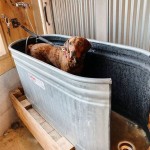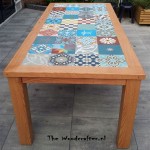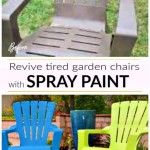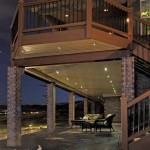Outdoor Volleyball Court Surfaces: Choosing the Right Foundation for Your Game
Outdoor volleyball courts are popular destinations for recreational and competitive play, providing a space for exercise, socialization, and healthy competition. The choice of court surface plays a significant role in the overall enjoyment and safety of the game. A well-chosen surface offers the right balance of traction, shock absorption, and durability to accommodate the fast-paced movements and dynamic play characteristic of volleyball. This article explores the key factors to consider when selecting an outdoor volleyball court surface, delving into the advantages and disadvantages of popular options.
Sand
Sand is a traditional and widely popular choice for outdoor volleyball courts. It offers a natural, soft surface that provides excellent traction, allowing players to move quickly and change direction without slipping. The cushioning effect of sand helps to minimize the impact on joints, reducing the risk of injuries. Sand also offers a forgiving surface that allows for controlled falls without the risk of severe abrasions. Furthermore, sand surfaces are relatively inexpensive to install and maintain.
However, sand surfaces have their drawbacks. Sand can become compacted over time, reducing its cushioning effect and making it harder for players to move. The loose nature of sand can also lead to ankle injuries, especially when players land with their feet not fully planted. Additionally, sand can become dusty and difficult to clean, particularly in dry climates. This can negatively impact the quality of play and create health concerns for players with respiratory issues.
Artificial Turf
Artificial turf, often referred to as synthetic grass, has gained popularity as a viable alternative to sand for outdoor volleyball courts. It offers a durable, consistent, and low-maintenance surface that requires minimal upkeep. Artificial turf provides excellent traction, preventing players from slipping and promoting quick movements. Its surface drainage capabilities make it a suitable option for areas prone to heavy rainfall.
One of the main advantages of artificial turf is its ability to withstand heavy use without degrading. Unlike sand, which can become compacted over time, artificial turf maintains its consistency and cushioning over prolonged periods. This durability makes it a cost-effective option in the long run. However, artificial turf can feel a bit harder than sand, leading to higher impact force on the joints. It can also become quite hot in direct sunlight, leading to discomfort and possible burns for players.
Concrete
Concrete is a durable and low-maintenance surface often used for outdoor volleyball courts. It provides a solid, stable foundation that resists wear and tear, making it an ideal choice for high-traffic areas. Concrete surfaces are easily cleaned and sanitized, promoting hygiene and minimizing the risk of contamination. They are also relatively affordable and readily available in most regions.
However, concrete surfaces lack the cushioning and traction found in sand and artificial turf. This can lead to higher impact forces on joints and an increased risk of injuries, especially when players fall. The hard, unforgiving nature of concrete can also make it uncomfortable for players, particularly when playing barefoot. Additionally, concrete surfaces can become very hot in direct sunlight, making playing uncomfortable during the summer months.
Other Surfaces
In addition to the three primary surfaces, other options are available for outdoor volleyball courts. These include:
- Hardcourt: This surface is commonly used for basketball, tennis, and other sports. It provides a solid and durable surface but can be very hard and unforgiving, increasing the risk of injuries.
- Clay: Used in tennis, clay surfaces are often considered a good option for volleyball due to their cushioning properties and natural traction. However, they can be prone to cracking and require regular maintenance.
- Grass: Natural grass is a soft and forgiving surface, but it requires significant maintenance and can be prone to damage from heavy use.
When choosing an outdoor volleyball court surface, it is essential to consider the specific needs and requirements of the players, the budget, and the climate. Safety, comfort, and playability should be prioritized, ensuring a positive and injury-free experience for all players.

Outdoor Volleyball Court Premium Solutions Zsfloor Tech

Outdoor Volleyball Court Cost Estimate And Construction Considerations Sports Venue Calculator

Versacourt Home Outdoor Volleyball Court Surfaces

Outdoor Volleyball Court Premium Solutions Zsfloor Tech

Versacourt Home Outdoor Volleyball Court Surfaces

Sport Surfaces Llc A Guide On How To Construct Volleyball Court

Volleyball Court Modular Floor Tiles System Net World Sports Usa

Volleyball Rhino Sports

Versacourt Home Outdoor Volleyball Court Surfaces

Volleyball Court Flooring Service At Rs 60 Square Feet In Sri Madhopur Id 23444072855
Related Posts

